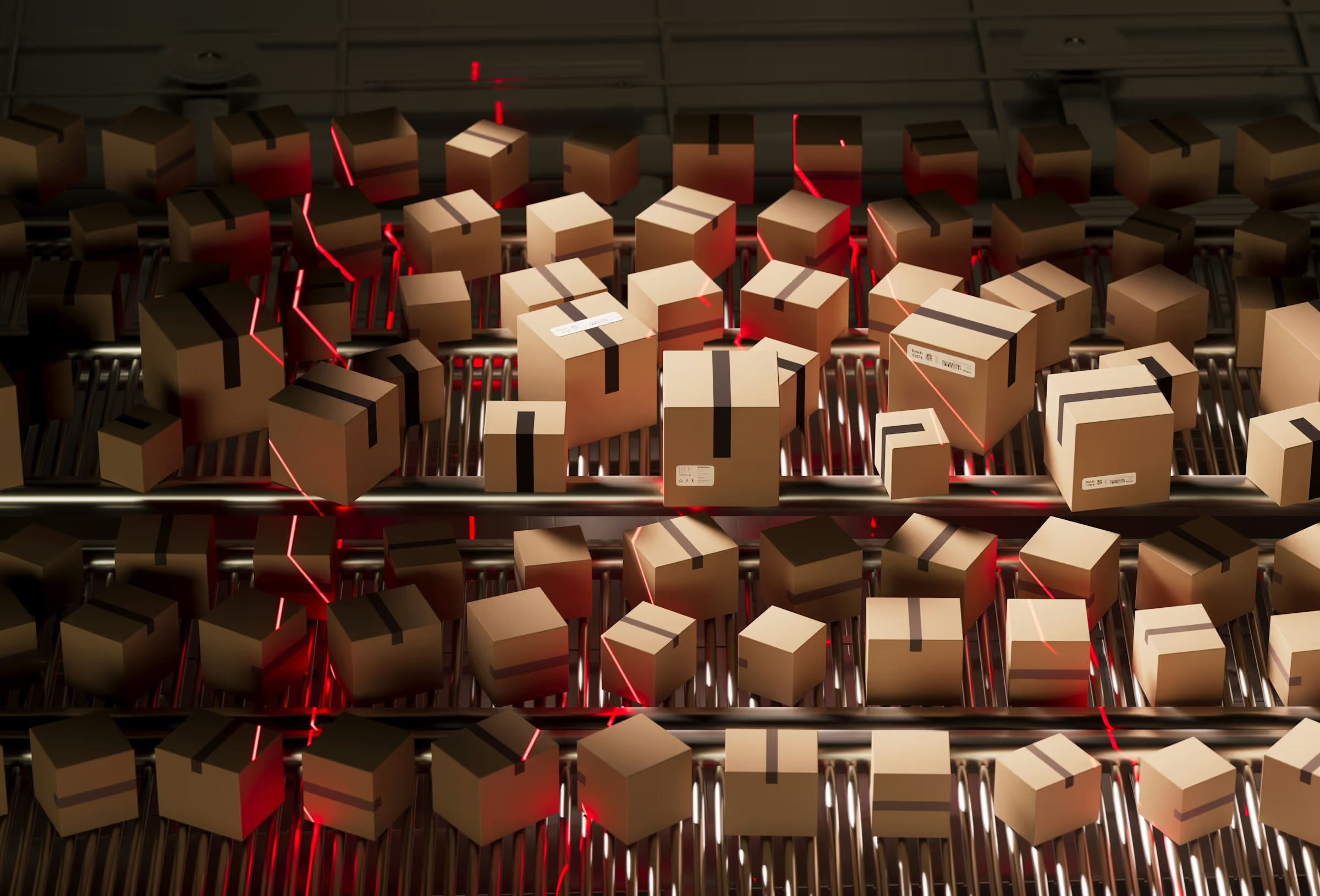For small- to medium-sized ecommerce businesses, the holiday season is the ultimate stress test. With operations stretched to their limits, having a logistics partner that can keep up with fluctuating demand is critical. If you’re currently managing logistics in-house or working with a traditional third-party logistics (3PL) provider, switching to a co-warehousing solution ahead of peak season could give your business the flexibility and control it needs.
Below, we’ll explore key considerations for making the switch and how transitioning to a co-warehousing model can provide you with greater control over your fulfillment process—ensuring a successful peak season.
Control and visibility over your inventory
For ecommerce brands, maintaining visibility into your inventory is crucial, especially during the busy holiday rush. However, many traditional 3PLs lack transparency and restrict access, leaving smaller brands with limited control over how their operations are run.
If you’re finding that you need more real-time visibility into your stock and more say in your fulfillment processes, switching to a solution that gives you direct access to your inventory might be worth considering.
Consider whether your current provider allows you to:
- Easily access your inventory: Can you physically interact with your products if needed?
- Manage day-to-day operations: Do you have the flexibility to handle packing, shipping, and returns on your terms?
By choosing a more hands-on logistics solution, you can regain the control you need to fine-tune your fulfillment processes and overall operations—without sacrificing efficiency.
Flexibility for changing business needs
The holiday season is unpredictable, and your logistics provider should be able to flex with your business. If your current 3PL is too rigid or your in-house setup is struggling to scale, switching to a logistics model that offers more flexibility could help you better navigate fluctuations in demand.
Ask yourself:
- How easily can my provider adapt to the ups and downs of my business?
- Is there room to scale my operations if I experience a surge in orders?
“The biggest issue for me at a 3PL was the lack of flexibility with shipping—I felt like I was stuck on their schedule rather than having the control I needed. Additionally, the attention to detail in packaging was missing. I pour a lot of love and care into my product, and unfortunately, my 3PL didn’t match that same level of commitment. What excites me about moving to Saltbox is having more direct involvement with my product. It’s such a relief to have that personal touch and ensure everything is handled with the care it deserves!” – Shawnique Alexander, Founder and CEO, Ripl Efek
A co-warehousing solution allows you to scale your space and services according to your needs, whether you’re expanding to handle holiday demand or streamlining afterward. The ability to adjust your space and logistics services can help ensure you only pay for what you need during the busiest times.
Personalized service and community support
Working with a traditional 3PL often means becoming one of many clients, which can result in less personalized service. If you’re running a small or medium-sized ecommerce brand, you might be looking for more hands-on support, as well as a logistics provider that feels like an extension of your team.
A more personalized logistics model provides:
- Tailored support: Does your current provider take the time to understand your business and its specific needs?
- Community access: Are you benefiting from a network of peers facing similar challenges?
Choosing a provider that offers personalized support and the opportunity to connect with other businesses can help you build a stronger logistics foundation as your business grows.
Steps to transition to a co-warehousing solution
1. Assess your current logistics needs
Before making any big changes, take stock of your current logistics setup. Understand your inventory levels, order volumes, and any special requirements you might have—this will help ensure your new logistics solution is prepared to meet your needs.
2. Plan your move
Once you’ve evaluated your needs, create a detailed plan for transitioning to a new provider. Establish a timeline, communicate with your team and customers, and make sure you have the resources to support the move.
3. Set up your workspace
In a co-warehousing model, your workspace plays a key role in how efficiently your operations run. Setting up an optimized layout—complete with packing stations and necessary equipment—will ensure that your business is ready for the demands of peak season.
4. Leverage fulfillment services
If you’re looking to enhance your order fulfillment, consider using the available services offered by your new provider. For example, Saltbox offers in-suite pick-and-pack services that can help you efficiently process orders and reduce errors during busy times without the need to hire additional outside labor.
5. Continuously optimize your operations
After the transition, keep refining your processes. Look for ways to streamline inventory management, reduce order processing times, and maintain open lines of communication with your logistics provider. This ongoing optimization will help ensure your business remains agile, even during peak season.
6. The ability to pivot quickly
Peak season often throws curveballs—unexpected delays, product shortages, or surges in demand can force businesses to quickly adapt. A co-warehousing model allows for more agile decision-making, ensuring you can adjust your logistics strategy as needed.
When evaluating whether to switch, consider:
- Can I pivot my operations quickly?
- Does my current provider offer the flexibility to address unforeseen challenges?
Having a logistics partner that supports quick pivots and real-time adjustments can help you navigate the holiday rush without missing a beat.
7. Evaluate your current provider’s performance
As peak season approaches, take a hard look at how your current provider is performing. Are they delivering the level of service and support you need to handle increased volume? If not, now might be the time to explore new options, such as co-warehousing, that offer more flexibility and hands-on management.
A smart move for peak season success
Switching logistics providers ahead of peak season is a big decision, but it could be the key to ensuring smoother operations and greater control during your busiest time of the year. As you weigh your options, consider how a co-warehousing model could give you the flexibility, visibility, and personalized support you need to thrive.
Ready to explore a new logistics solution?
Consider taking the next step by booking a tour at one of our 12 locations across nine cities to see how a flexible logistics model can support your ecommerce business during the 2024 holiday rush.
Want more tips?
Check out our Peak Season Preparation Hub for expert advice on getting your business ready for the holidays.

Related posts
Learn from businesses improving their operational efficiency. Explore how Saltbox’s expert support and flexible spaces drive their growth.


Holiday shipping deadlines 2025: Complete guide for on-time delivery
This comprehensive guide covers every major carrier’s 2025 holiday shipping deadlines, from standard ground services to last-minute express options.


Preparing your product-based business for peak season success
At our recent Q4 Virtual Conference, industry experts shared their secrets on how to scale during the holiday peak season. Uncover the highlights in this post to set your brand up for success.


From cart to counter: How to get products into retail stores
Breaking into retail takes more than great products. Here’s how to get products into retail stores—with a step-by-step checklist and support from Saltbox to make it faster and stress-free.







